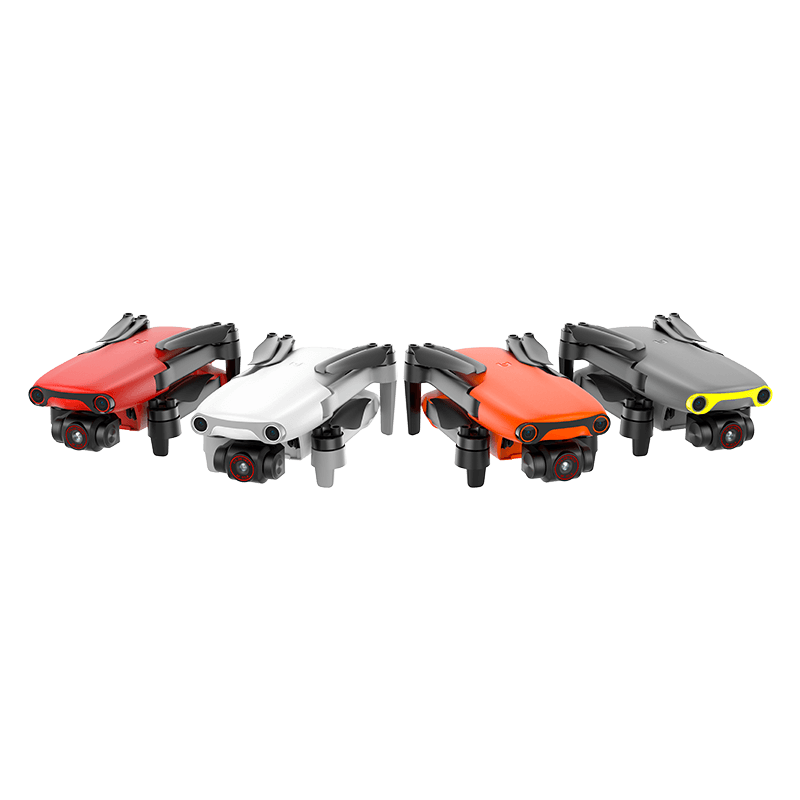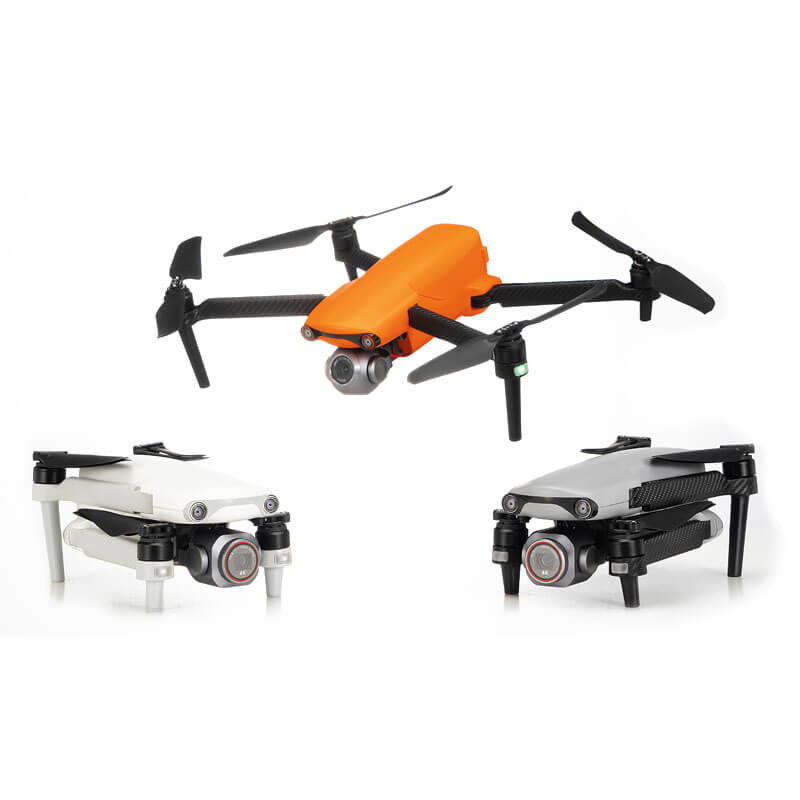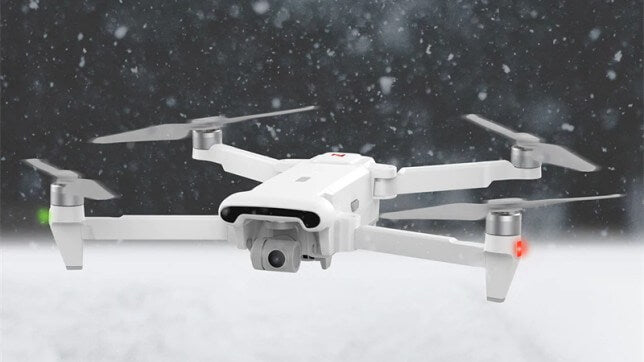Is all three EVO II camera a global rolling shutter or a linear rolling shutter?
All Evo II cameras will have an electronic rolling shutter, not a global shutter.
Featured 48 MP electronic rolling shutter with 1/2” CMOS image sensor, EVO II 8K is worked for 8k video and capture still images with resolution up to 8000x6000.
EVO II Pro is featured 20 MP(Million Pixels) electronic rolling shutter with 1” CMOS image sensor, worked for recording 6k video and capture still images with resolution up to 5472x3648.
EVO II Dual boasts both a FLIR Boson sensor, with a thermal resolution up to 640x512, plus the same 8K camera that comes with 1/2” CMOS sensor and 48 MP electronic rolling shutter.
What is a Rolling Shutter?
For those who are not familiar, “rolling shutter” is a technical term referring to the way the image sensor scans the image. If the sensor employs a rolling shutter, this means the image is scanned sequentially, from one side of the sensor (usually the top) to the other, line by line. Many CMOS sensors use rolling shutters.

How a rolling shutter scans the image, from top to bottom of frame
In contrast to that, “global shutter” is the technical term referring to sensors that scan the entire area of the image simultaneously. The vast majority of CCD sensors employ global shutter scanning.

Left is global shutter work display right is rolling shutter work display
The overwhelming prevalence of CMOS sensors in modern cameras explains the increasing appearance of rolling shutter artifacts in videos and films made recently.
Different between Global shutter and rolling shutter
Global and rolling shutters have different ways of exposing the camera sensor to light in order to register an image. A global shutter exposes all of the pixels of the sensor at one time, whereas a rolling shutter exposes each pixel row of the sensor at slightly different points in time.
More details of EVO II Camera feature please view Three EVO II Camera VS




